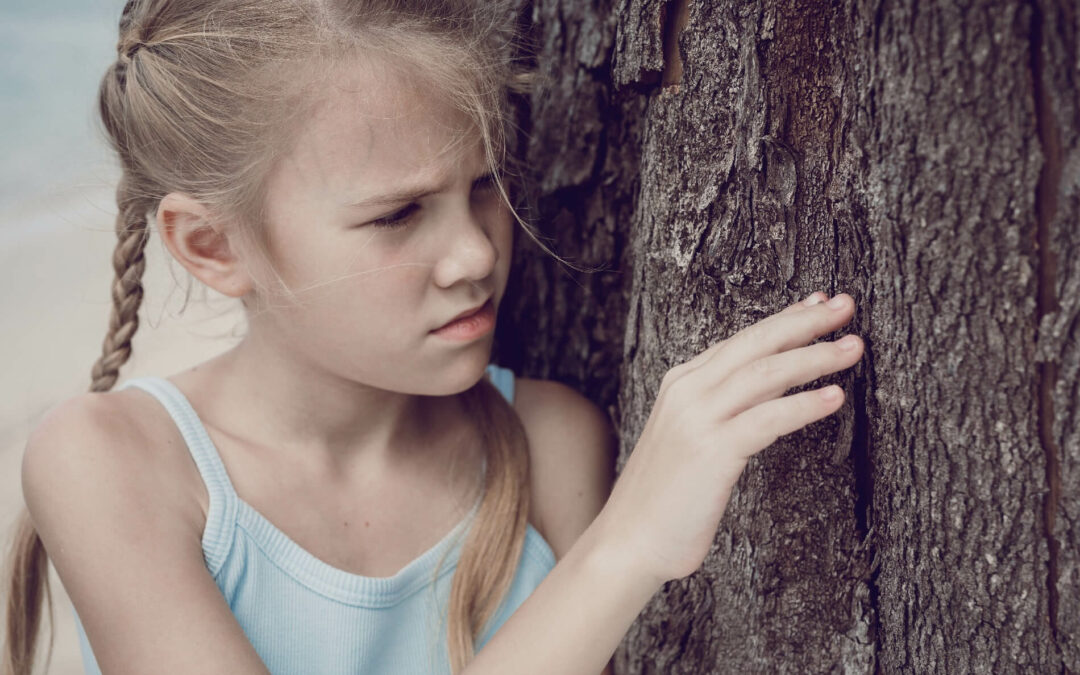The last batch of posts have discussed development and the developmental approach. We’ve covered how development happens spontaneously and cannot be taught and how when the right conditions are in place, development happens. But what does ‘development happens’ look like and what comes along with these changes?
To help us unpack developmental changes, we have the privilege of being joined by Maude Le Roux, Occupational Therapist, DIR Expert Trainer, and founder of A Total Approach in Glen Mills, Pennsylvania. Please enjoy our podcast with Maude, below.
Podcast with Maude Le Roux
The Situation
After the Christmas holidays, our son was exhibiting some especially upregulated behavioural patterns. He was especially hyperactive (more than usual), he was a bit aggressive at school (swiping items off the table, hitting friends), and he was more sensitive than usual and more easily frustrated. We wondered what was going on?
I knew our son was going through some changes. We had the holiday season, of course, some extra therapy activities, and he was finally toilet trained during the day (which pretty much just happened without effort–because he was developmentally ready)! But I was still seeking that validation of professional opinions.
The Explanation
Maude reminds us that growth spurts can often look like a surfacing of difficult behaviors and simply the children’s expression of what change feels like inside of them. In our son’s case, the trade-off of the growth spurt was his upregulation, which is his usual baseline. Since his ‘go-to’ system has always been upregulation, it makes sense that if he goes through a growth spurt and feels the stress of it, he would likely upregulate until he got the growth stress settled.
Our son needed to expend energy through running and other behaviours, so we needed to give him more opportunity to do so. His brain was also getting stimulated. He may also have been experiencing more awareness which has its ups and downs. We saw this happen when he was weaned off his seizure medication after his brain inflammation. As he became much more aware of his surroundings, he became very anxious.
For us, Maude’s team suggested increase proprioceptive / heavy work activities to support him through the consolidation period. Tactile Integration–tactile massage, 2 times per day in the morning and evening would be a good idea to support him. Maude lets us know that our child will stabilize.
The Summary
We can see some wonky behaviour with growth spurts. There are ups and downs, but the downs are good. When the child has a developmental difference, the central nervous system (CNS) gives his system feedback that feels in a certain way. The child also feels stress a certain way.
A growth spurt is a challenge and it feels the same way stress feels to the child. The child turns to what helped before to deal with stress. That is, you revert back to what comforts you. Even though you might know that a certain behaviour is not ideal, cognitively, that’s where you need to go emotionally because that’s where the body’s memory is. That’s what worked before to make you feel better.
Where I am right now is where I’m responding and where I’m using my adaptive response.
What we can do
- Be patient. See this as development rather than focusing on the concerning behaviour. Have empathy and understand the child isn’t intentionally behaving but only trying to adapt and self-regulate.
- Recognize what is happening. If our regulatory system is out of whack and we experience something different, even if it’s a good growth spurt, it feels weird so we’ll revert back to old behaviours to regulate ourselves. Over time the skill becomes more consolidated and we don’t have to use that behaviour again.
- Co-regulate with your child. Tune in to what the child is experiencing, meet them where they are at and support them through struggles.
Maude says that the best thing to do is to meet the child with empathy because (s)he needs you to understand. You want to give the message that “I’m going to be there for you, I’m going to anchor you, I’m going to be your secure base.” Also, by completing your own sensory processing profile, you can learn how you, yourself, self-regulate, which can in turn help you relate to your child.
What if it's not a growth spurt?
What if it's not a growth spurt?
Hear Dr. Stanley Greenspan discuss behavioural regressions
Being there for your child
10 Golden Nuggets to Empower Parenting! with Maude Le Roux, OTR/L
- How do I handle tough situations?
- How do I grow my child’s self esteem?
- How do I foster emotional maturity?
- How do I discipline effectively?
- How do I decrease my child’s anxiety?
- How do I decrease my own anxiety?
Does today’s podcast help you better understand what your child goes through during a developmental growth spurt? Do you have any examples of being surprised by behaviours you thought had long passed, only to find your child was experiencing a leap in development? Please share your feedback below in the Comments section and share this post to Facebook and Twitter if you found it helpful and informative. Thank you!
Until next time… here’s to affecting autism through playful interactions!




This was such a great podcast! I am grateful that you share your story so openly, and give developmental topics like this a platform.
Keesha